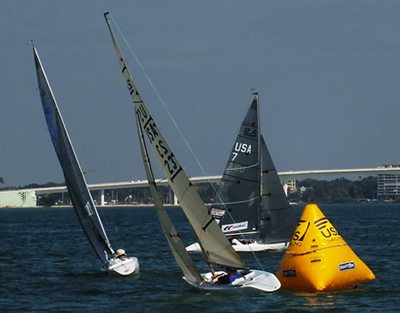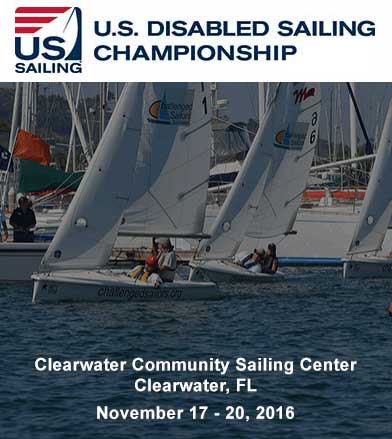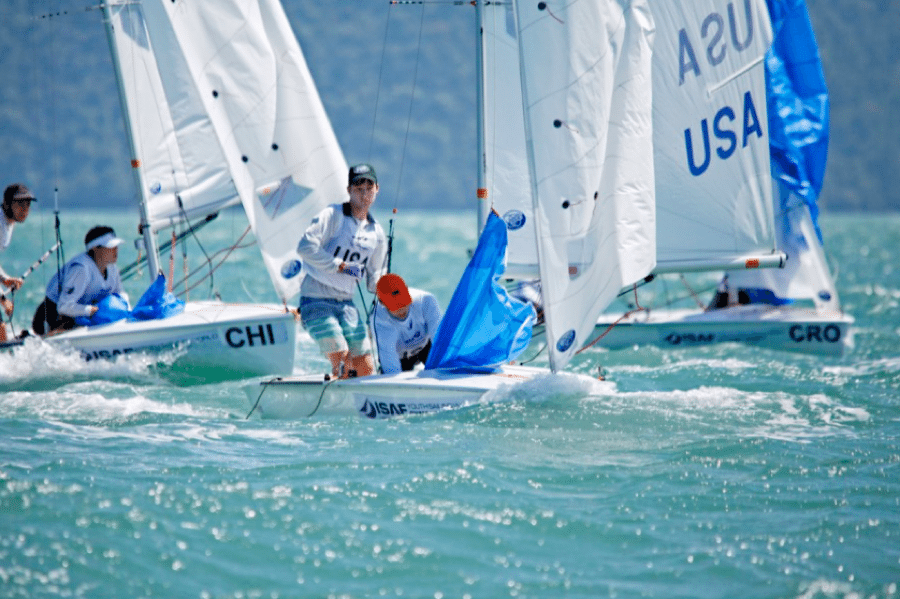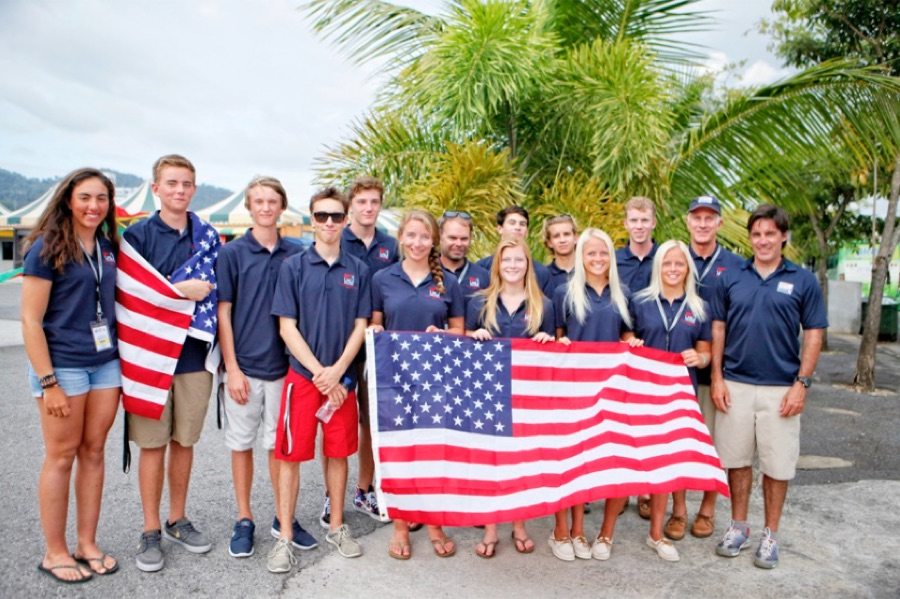Paralympian Smith Wins U.S. Disabled Sailing Championship
Dee Smith (Annapolis, Md.) captured the 2016 U.S. Disabled Sailing Championship today in Clearwater, Fla. following three days of racing at this US Sailing National Championship, hosted by Clearwater Community Sailing Center.
Read More







